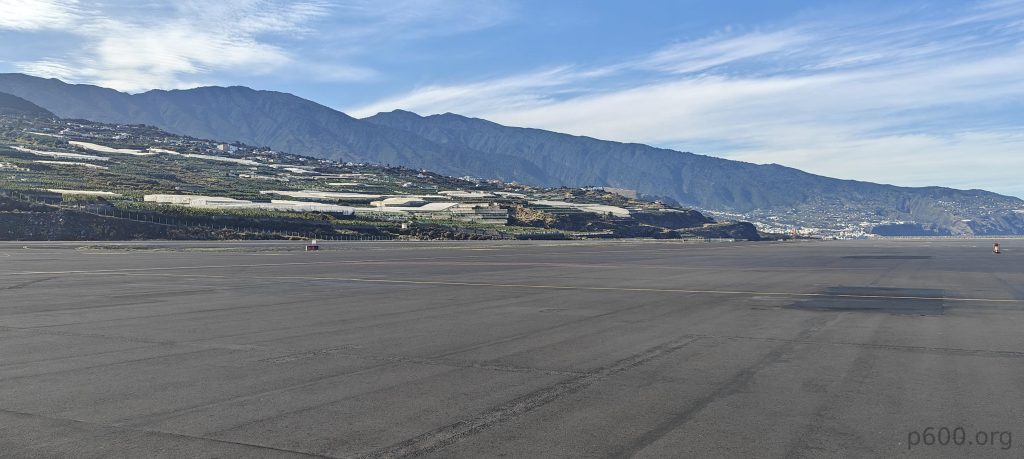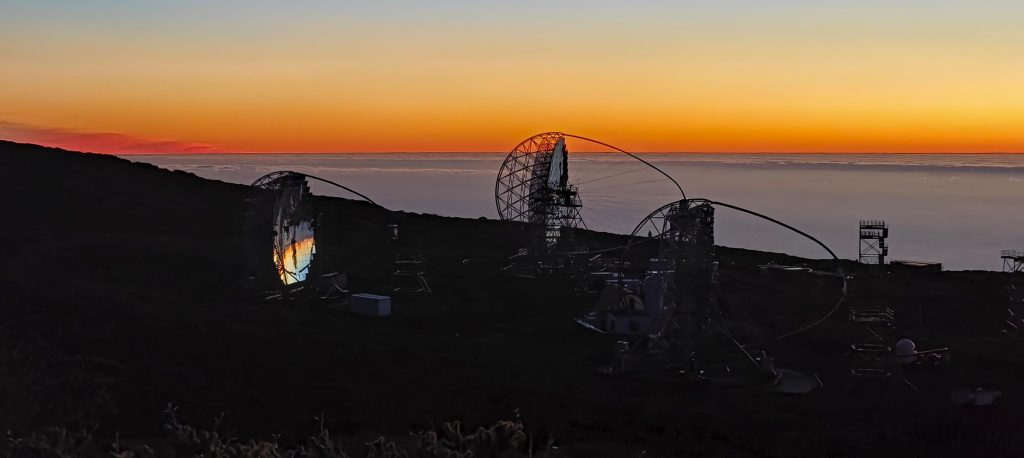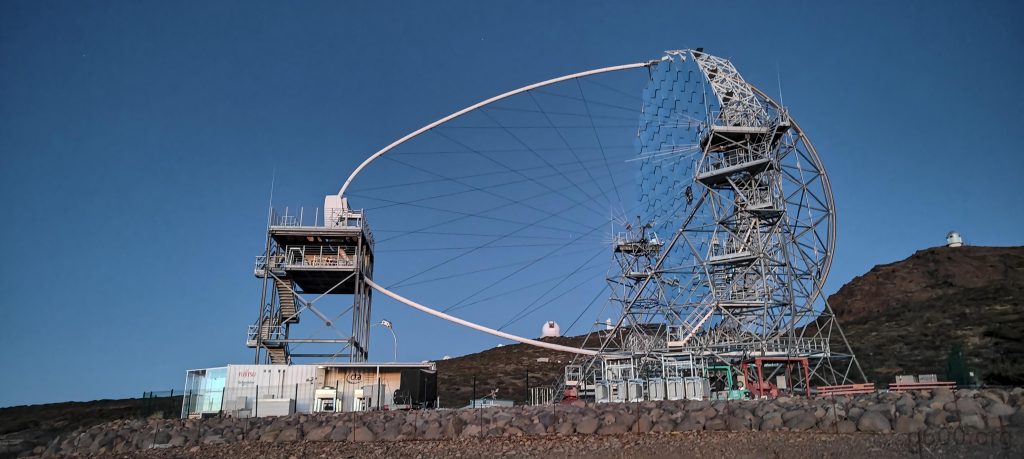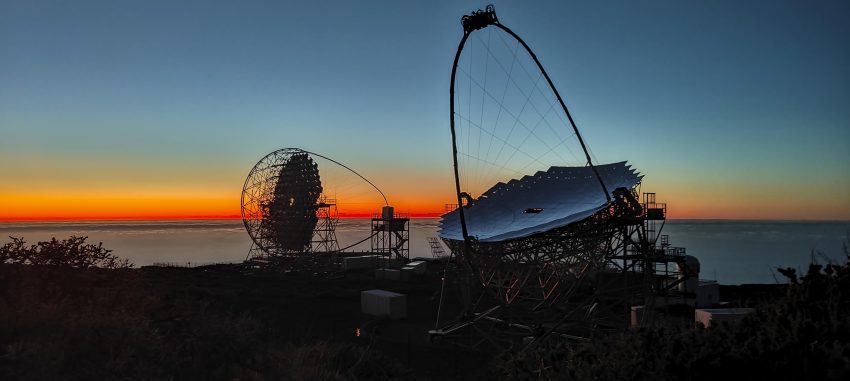After a successful and memorable climb to Gran Canaria’s true high point, El Morrón de la Agujereada we stop at a restaurant chosen by Aron. After enjoying great food, we head to the airport. Our flight to La Palma is on time, and all procedures go smoothly. It takes a few minutes to disembark and another ten to rent a car. After five more minutes to locate it in the garage, we’re finally on our way to Roque de los Muchachos, our second ultra-prominent peak and island high point of the day.



After an hour and thirty minutes, we come across a barrier at the base of the astronomical observatory. Though the road seems partially closed, a sign below specifies its closure from 19:00 to 8:00. Despite our ability to drive a few more kilometers, for academic and scientific reasons, we opt to park the car next to the few others and trek up. Rob’s report mentions the “last mile,” though it appears to differ from the British standard mile. Ultimately, we walk approximately 4 kilometers to reach the summit, following a paved road the entire way.


The views are superbly interesting, mainly due to the astronomical observatories. An array of telescopes, including the MAGIC Cherenkov Telescope Array, Italy’s Galileo National Telescope, and several other towers, illuminates the skyline. It’s awe-inspiring—I remember first learning about these observatories as a kid, deeply interested in astronomy. That’s when I built my first DIY telescope using optics from binoculars and reading glasses. It worked surprisingly well; I could distinguish the mountains on the moon and observe sunspots with superb clarity. But the idea of seeing with a reflector larger than 10 meters still blows my mind. Just imagine the countless things you could see with it…
La Palma boasts a rich astronomical heritage and a profound reverence for this “giga-distance-one-photon” science. Since 1988, the island has had the Sky Law in place, recognizing its exceptional astronomical observing conditions. Among its primary aims is the preservation of sky quality by regulating outdoor lighting. Respect for the cosmos runs deep here.



Returning to the mountains, despite this peak being among the 400 P2000 mountains globally, it’s accessible by car. So, 99 percent of visitors reach it by car or bus. It’s strange, but this time we’re the exception. We walked 4 km to the few pinnacles at the summit. One is obviously higher than the others, maybe around 5 meters tall, with a few handholds and steps. Nothing too complicated.

The biggest issue for us is the dozen tourists. They’re waiting for the sunset, content to declare they’ve reached the high point from the touristic viewpoint. It’s fully understandable; they’re not peakbaggers. Otherwise, they’d stand next to us, step over the small fence, and quickly scramble to at least touch the high point. Some would attempt to get their heads above the high point, and the smartest and most experienced climbers would aim to step on top of the pinnacle. We’re somewhere in between—I’m happy to touch and put my head above the high point. We wait for the non-peakbaggers to disperse, but soon it becomes boring, so we scramble up the pinnacle despite multiple observers.












It’s been a double beautiful day; in the morning, we had a memorable climb and bagged El Morrón de la Agujereada. Now, we’re repeating the same on a different island just a few hundred kilometers away. Two ultras in one day—730 ultras a year… Oops, stop dreaming, back to reality. On the way down, we’re treated to an amazing sunset, but what truly amazed me were the astronomers and their gear. Gear awaken like robots, swiftly targeting points in the deep universe, collecting terabytes of data for further analysis. A few bytes may provide clues for professors, students, or even AI, leading to new discoveries. But I’m dreaming again…

We need to head back to the hotel and find some snacks. We weren’t sure if we’d succeed in the evening, so we booked afternoon flights for the next day. But now that it’s done, John booked another morning flight, while I stick with the same one. After dropping him off at the airport in the morning, I’ll try to find a short hike. Peaks like Montaña Quemada look exactly like what I’m looking for.



